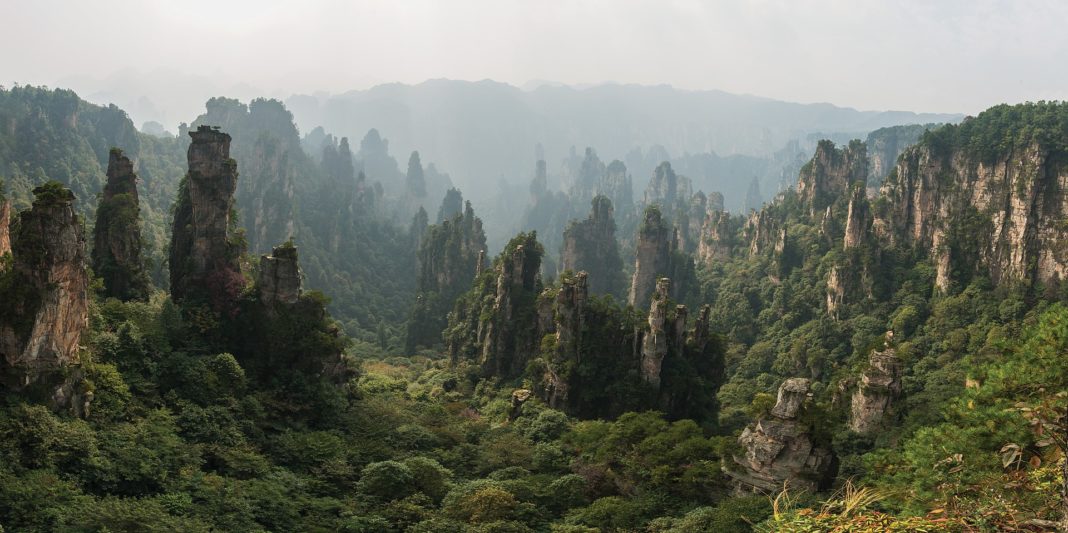Zhangjiajie National Forest Park is a national forest park located in Zhangjiajie, Hunan Province, China. For thousands of years, this was a remote land known mainly to three groups of Indigenous peoples: Tujia, Miao, and Bai. The verdant landscape boasts more than 3000 distinct plant species as well as diverse fauna.
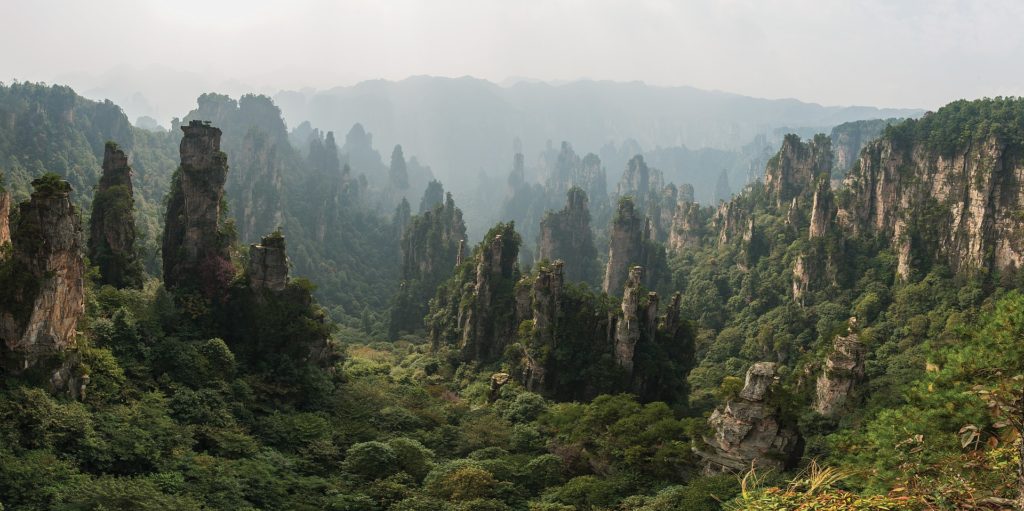
The most notable geographic features of the park are the pillar-like formations that are seen throughout the park. Although resembling karst terrain, this area is not underlain by limestones and is not the product of chemical dissolution, which is characteristic of limestone karst. They are the result of many years of physical, rather than chemical, erosion. Much of the weathering that forms these pillars is the result of expanding ice in the winter and the plants that grow on them. The weather is moist year-round, and as a result, the foliage is very dense. The weathered material is carried away primarily by streams. These formations are a distinct hallmark of the Chinese landscape and can be found in many ancient Chinese paintings.
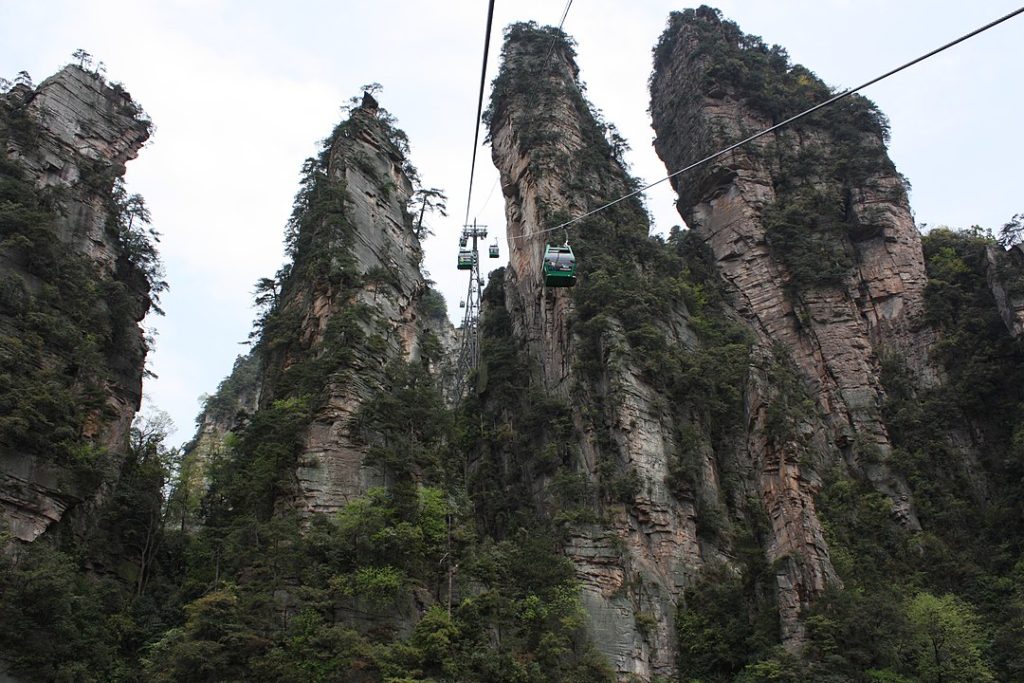
Some 243 peaks and more than 3000 pinnacles and spires dominate the scenery in this Unesco-protected park. If caught in the right light or when the early-morning mountain mist rolls in around them, the effect is otherworldly.
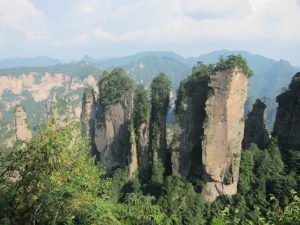
The Bailong Elevator, literally “hundred dragons sky lift”, was opened to the public in 2002. At 326 m, it is the world’s tallest outdoor lift. It can transport visitors to the top from its foot in less than two minutes. In August 2016, Zhangjiajie Grand Canyon opened the Zhangjiajie Grand Canyon Glass Bridge, the longest (430 m) and highest (300) pedestrian glass bridge in the world. There are three gondola lift systems within the park. There is also a monorail to take visitors up the Ten-Mile Gallery.
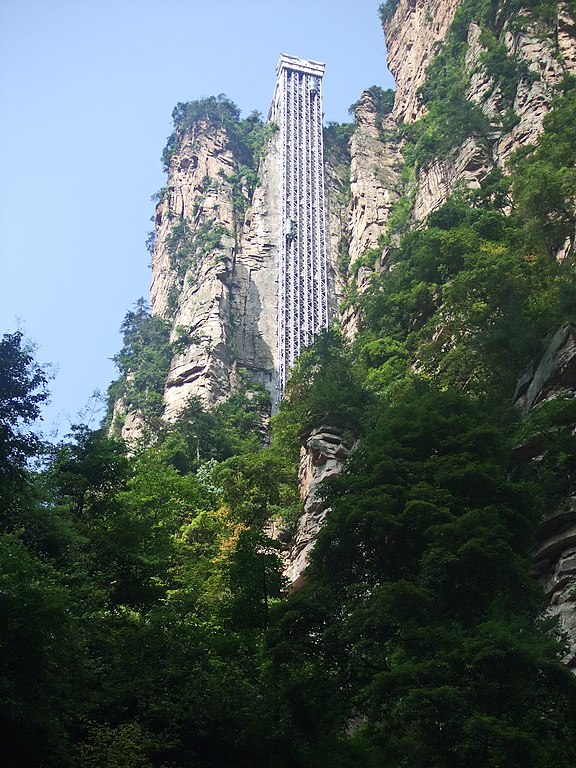
One of the park’s quartz-sandstone pillars, the 1,080-meter Southern Sky Column, was officially renamed “Avatar Hallelujah Mountain” in honor of the movie Avatar in January 2010. The film’s director and production designers said that they drew inspiration for the floating rocks from mountains from around the world, including those in Hunan province.
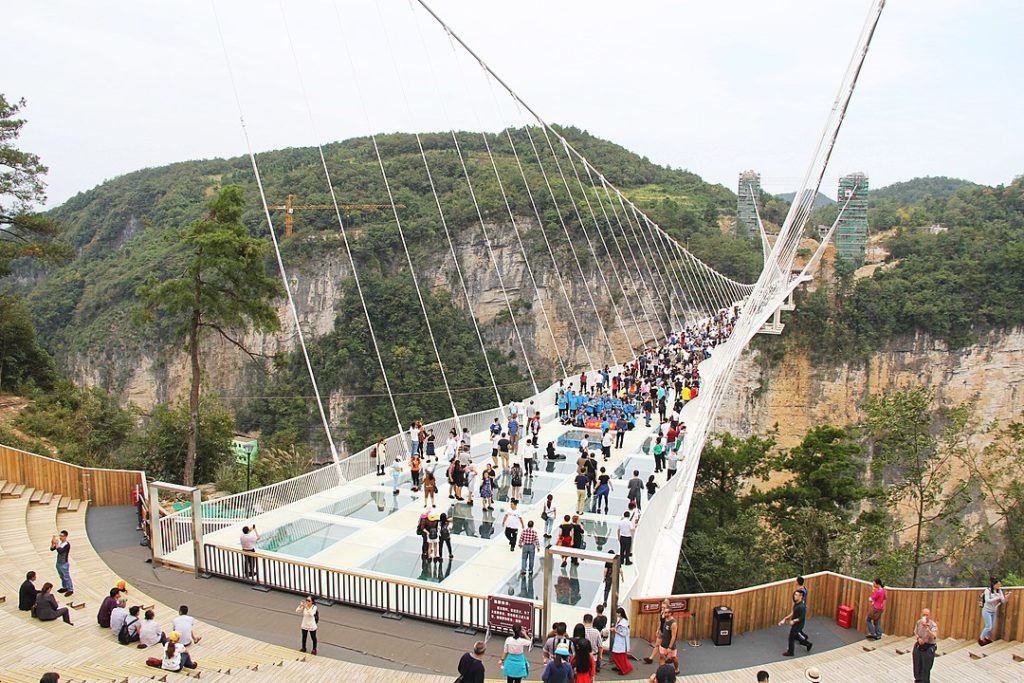
According to Wikipedia





